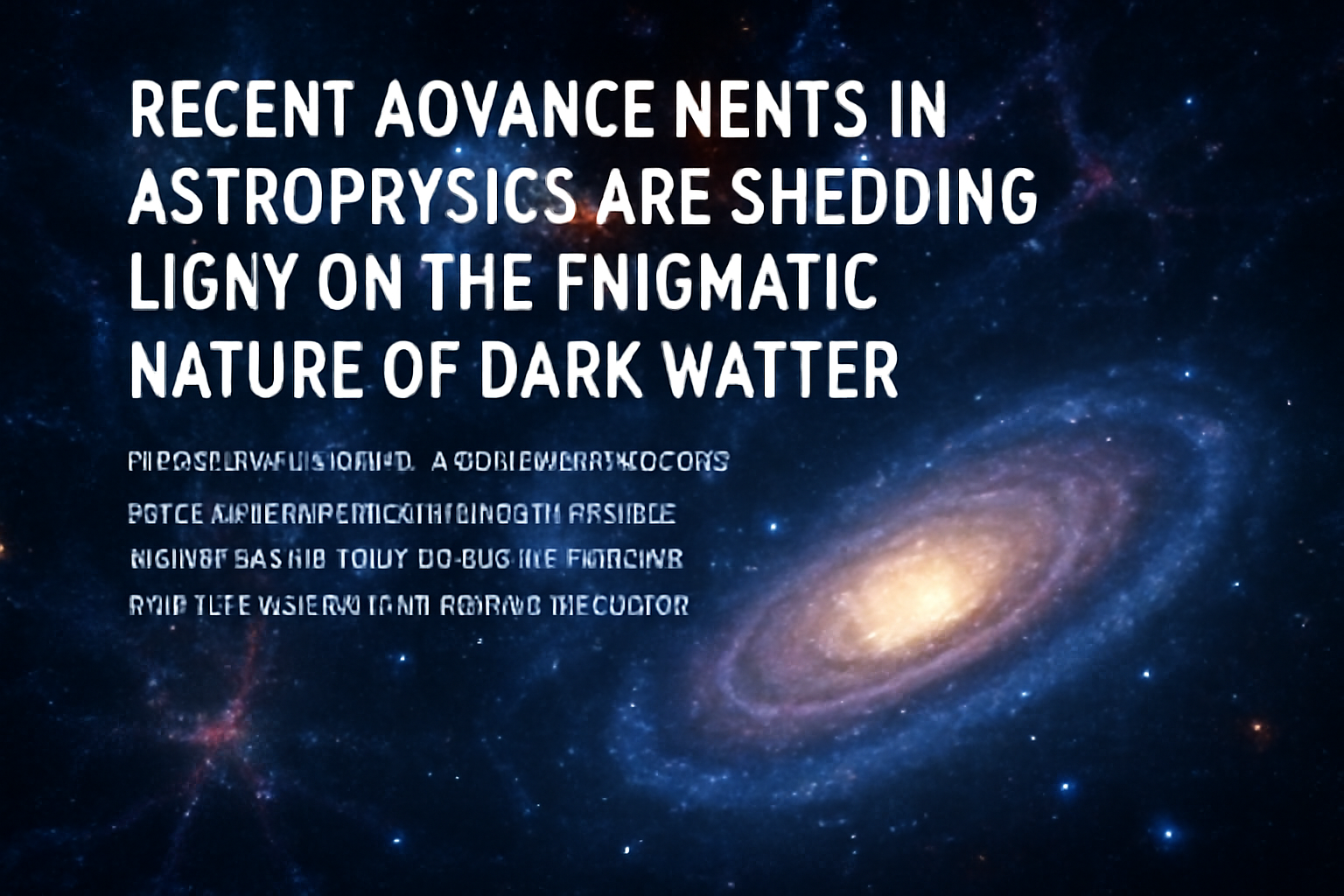Location
Mount Vernon, WA 98274
Location
Mount Vernon, WA 98274

Recent advancements in astrophysics are shedding light on the enigmatic nature of dark matter, a crucial component in the universe's formation. This article explores how researchers are piecing together the cosmic puzzle, unveiling the impact of dark matter on the universe's structure and evolution.
The universe, an expansive and mysterious entity, holds secrets that continue to baffle scientists and astronomers alike. Among these mysteries is dark matter, an invisible substance that constitutes approximately 27% of the universe yet remains largely undetectable by conventional means. Understanding dark matter is crucial not only for grasping the universe’s origins but also for deciphering its future.
One of the most compelling pieces of evidence for dark matter comes from observing galaxies and galaxy clusters. In the 1930s, astronomer Fritz Zwicky noted that galaxies within the Coma Cluster were moving at such high speeds that the visible matter alone could not account for the gravitational forces acting on them. This phenomenon suggested the presence of an unseen mass-dark matter. Today, researchers utilize advanced telescopes and detectors to observe these gravitational effects, further supporting the existence of dark matter.
Recent studies employing gravitational lensing techniques have provided deeper insights into how dark matter influences the structure of the universe. When light from distant galaxies passes near a massive object, such as a galaxy cluster, it bends-an effect predicted by Einstein’s theory of general relativity. By mapping these distortions, scientists can infer the distribution of dark matter and its role in shaping the cosmic landscape.
Moreover, the hunt for dark matter has led to the development of innovative experiments designed to identify its particles. The Large Hadron Collider (LHC) and various underground laboratories are at the forefront of this research, attempting to recreate conditions similar to those present in the early universe. The potential discovery of dark matter particles could revolutionize our understanding of fundamental physics and the universe’s inception.
Cosmologists are also exploring the relationship between dark matter and dark energy-another mysterious force that drives the universe’s accelerated expansion. While dark matter works to pull matter together, dark energy pushes it apart, creating a complex interplay that shapes the universe’s evolution. Current theories suggest that understanding dark matter may unlock answers to questions regarding the universe’s fate, particularly in scenarios like the Big Freeze or Big Crunch.
As researchers delve deeper into the cosmic tapestry, the hunt for dark matter remains a central focus in astrophysics. Each discovery not only brings us closer to unraveling the universe’s origins but also sparks new questions about the nature of reality itself. With upcoming missions such as the James Webb Space Telescope and advancements in particle physics, the next decade promises to be an exciting era for cosmology, potentially leading to breakthroughs that redefine our understanding of the cosmos.